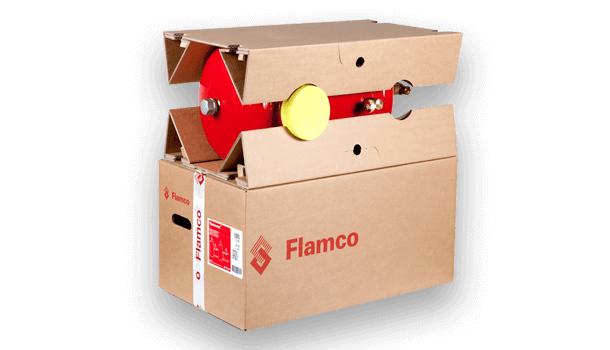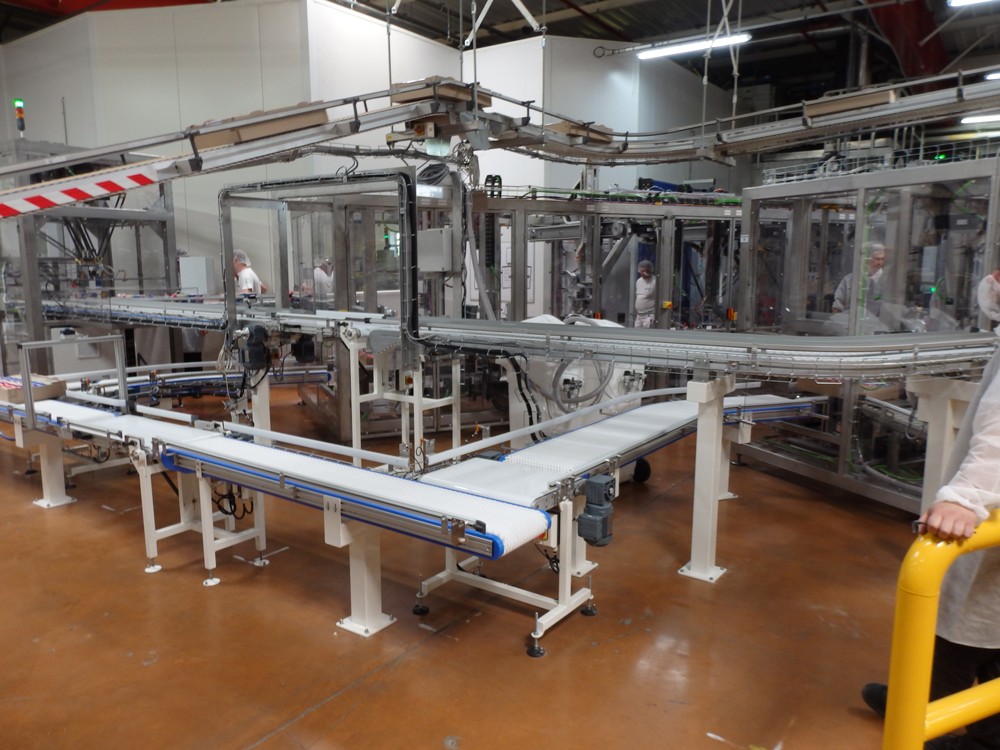Efficient Industrial Recycling Solutions for Sustainable Packaging: A Comprehensive Guide
In today's progressively environmentally-conscious world, the demand for sustainable product packaging solutions has never been higher. To satisfy this demand, businesses throughout markets are proactively looking for effective commercial recycling remedies. Browsing the complex landscape of lasting packaging can be challenging without a comprehensive guide. That's where this detailed guide on reliable industrial recycling services for sustainable product packaging comes in. By exploring essential locations such as packaging product choice, designing for recyclability, implementing reusing facilities, working together with recycling partners, and monitoring and determining recycling success, this guide will furnish you with the knowledge and devices required to make educated decisions and drive positive modification within your company. Whether you're a product packaging specialist, sustainability supervisor, or merely thinking about the subject, this overview will provide useful understandings and methods to help you browse the globe of sustainable packaging.
Packaging Material Choice
The choice of product packaging materials plays a critical function in guaranteeing the sustainability of industrial reusing solutions. The selection of products is key in decreasing ecological influence and taking full advantage of recycling efficiency when it comes to sustainable packaging. Selecting the right materials can help in reducing waste generation, conserve sources, and promote a round economy.
Materials like cardboard, paper, glass, and certain kinds of plastics can be recycled numerous times without losing their top quality. On the various other hand, materials that are hard to recycle, such as combined plastics or non-recyclable composites, can develop challenges for the reusing procedure and may finish up in incinerators or garbage dumps.
Another factor to consider is the use of eco-friendly and sustainable products. Product packaging made from sustainable sources, such as plant-based plastics or biopolymers, can help in reducing reliance on nonrenewable fuel sources and mitigate climate adjustment. Furthermore, biodegradable materials damage down normally with time, lowering the accumulation of waste in garbage dumps.
In addition, the weight and volume of product packaging materials must be decreased to reduce transportation expenses and energy usage. Light-weight products not only require fewer sources during manufacturing yet likewise add to reduce carbon exhausts throughout transport.
Creating for Recyclability
Product packaging designers ought to focus on the usage of materials that are widely approved for reusing and have actually developed reusing infrastructures. Products such as glass, light weight aluminum, and specific types of plastic, like Animal and HDPE, are typically recycled and should be favored over products that are costly or hard to reuse.
One more essential consideration in developing for recyclability is the elimination of unneeded elements or materials. By minimizing the variety of layers, finishes, and additional parts, packaging can be made easier and easier to reuse. Furthermore, developers should aim to reduce making use of blended materials, as they can make complex the recycling procedure.

Implementing Recycling Facilities
Efficient implementation of recycling framework is vital for the success of industrial recycling solutions. Without correct facilities in area, the recycling process comes to be inadequate and inefficient, impeding the overall objective of lasting packaging.
To execute reusing framework effectively, numerous key elements require to be considered. There need to be an efficient collection system that assists in the splitting up and collection of recyclable materials. This can include marked recycling bins in public areas, along with collaborations with waste management business for curbside pick-up and sorting.
Once collected, the recyclable products require to be moved to recycling centers in a prompt this website fashion. This calls for reliable logistics and transportation networks, making sure that the products get to the appropriate facilities right away.
At the recycling facilities, advanced sorting and handling technologies need to remain in area to divide various sorts of materials efficiently. This includes making use of automated sorting equipments, optical scanners, and manual sorting strategies.
In addition, there should be a durable market need for recycled materials. This can be achieved via collaborations with manufacturers and sectors that make use of recycled products in their manufacturing procedures. Producing a steady market for recycled products incentivizes the reusing market and go promotes the circular economic situation.
Teaming Up With Recycling Allies

One trick element of teaming up with reusing partners is the facility of clear communication networks. It is essential to establish open lines of interaction to assist in the exchange of info, updates, and feedback. This permits both events to remain informed concerning the development of reusing initiatives and resolve any type of challenges or problems that may develop.
Furthermore, collaboration can entail collaborations in implementing and designing recycling programs. Reusing partners can give important insights and support in developing effective collection systems and identifying one of the most web proper recycling innovations. By collaborating, services and reusing partners can enhance the recycling process and decrease waste.
Additionally, cooperation can prolong past the operational elements of reusing. It can additionally encompass advocacy and education and learning initiatives. By joining pressures, companies and reusing companions can raise understanding concerning the significance of reusing and promote the adoption of lasting product packaging practices among consumers and other stakeholders.
Tracking and Measuring Recycling Success
To guarantee the performance of commercial reusing solutions and the success of lasting product packaging goals, it is essential for services and their recycling partners to establish a detailed system for monitoring and determining reusing success (processing company). Determining and tracking reusing success enables services to assess the influence of their recycling efforts, identify areas for enhancement, and set meaningful targets for future progress
One way to track recycling success is via making use of information collection and evaluation devices. By gathering data on the amount of packaging waste generated, the percentage of waste that is recycled, and the kinds of products being reused, companies can acquire important insights right into their reusing performance. This data can then be analyzed to recognize fads, patterns, and areas of ineffectiveness.
One more essential aspect of monitoring and gauging recycling success is developing clear and standardized metrics. This enables companies to compare their efficiency against market benchmarks and track their progression gradually. Metrics such as recycling prices, waste diversion rates, and greenhouse gas discharges can give a measurable step of a business's reusing success.

Verdict
Finally, executing reliable commercial recycling options for lasting product packaging requires cautious factor to consider of product packaging material selection, making for recyclability, executing reusing facilities, working together with reusing partners, and tracking and measuring reusing success. By including these techniques, organizations can contribute to a more environmentally-friendly and sustainable approach to packaging, reducing waste and promoting the circular economic climate.
By exploring crucial locations such as product packaging product choice, developing for recyclability, carrying out recycling facilities, teaming up with recycling partners, and monitoring and measuring reusing success, this guide will outfit you with the understanding and tools necessary to make educated decisions and drive favorable modification within your company. Packaging designers need to prioritize the usage of materials that are commonly approved for recycling and have developed recycling infrastructures.Partnership with reusing partners is necessary for the effective implementation of industrial recycling solutions and the accomplishment of lasting packaging objectives. By joining forces, companies and recycling companions can elevate understanding about the relevance of recycling and promote the fostering of lasting product packaging techniques amongst customers and various other stakeholders.
By collecting data on the quantity of product packaging waste created, the portion of waste that is recycled, and the types of materials being reused, companies can gain beneficial insights right into their recycling performance.